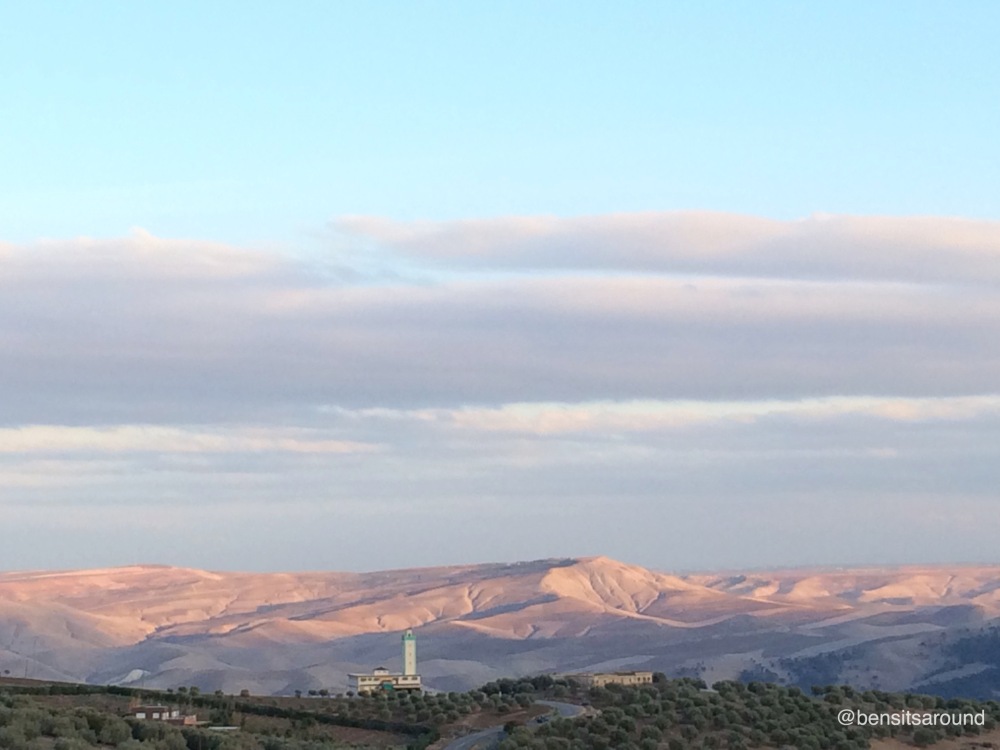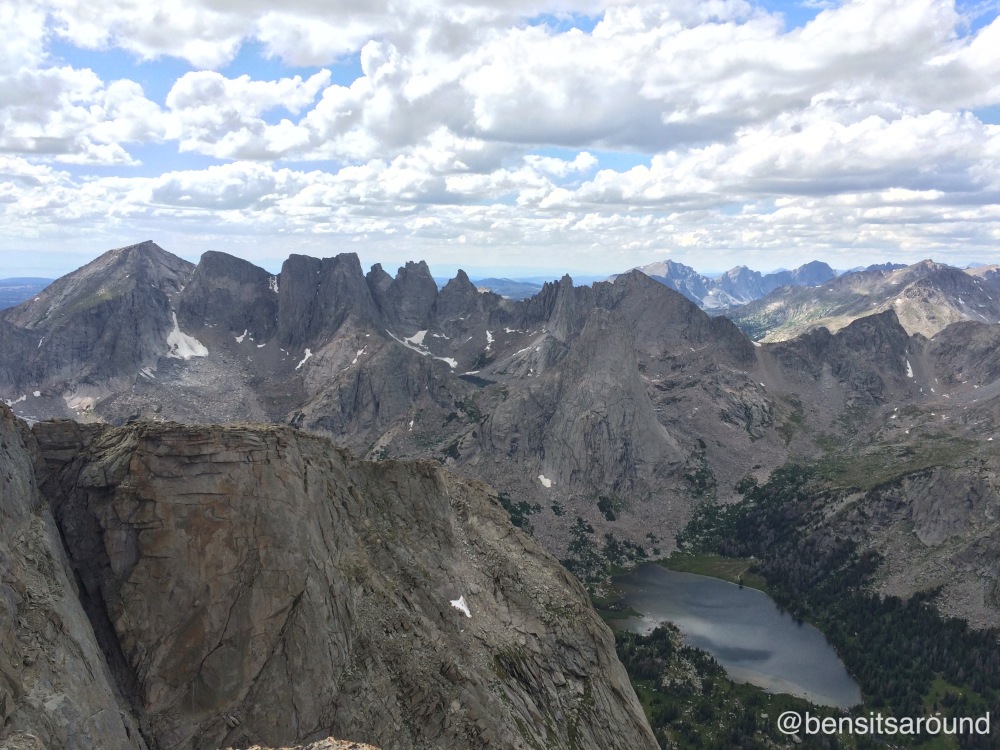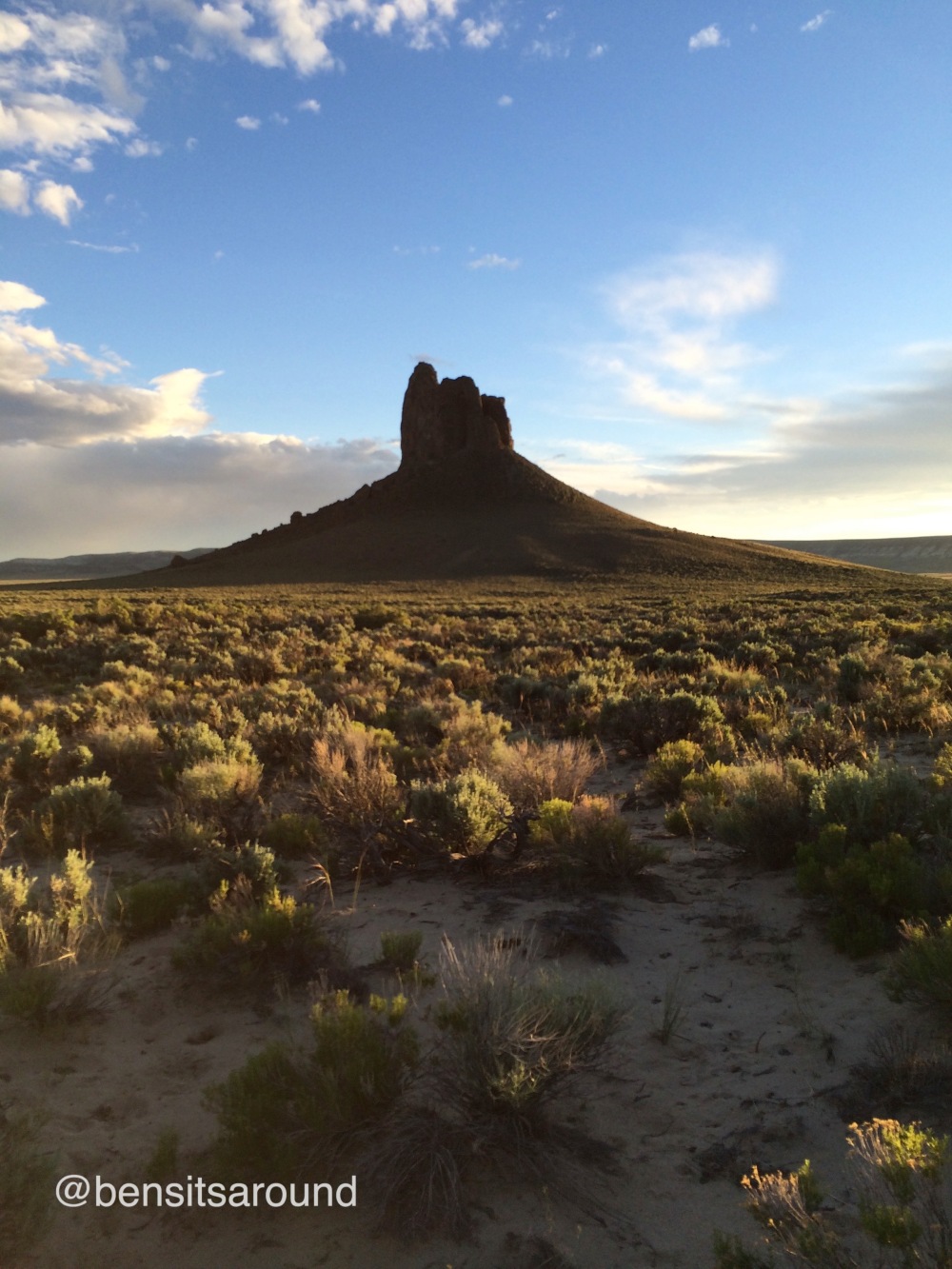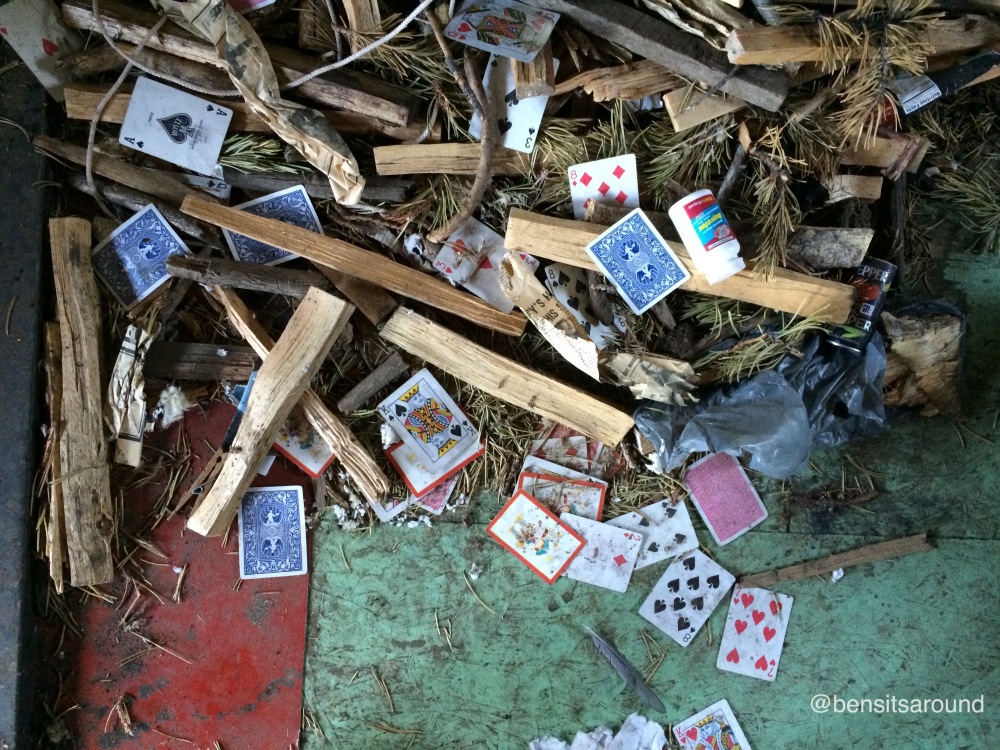
A few weeks later, summer 2015. Wake at dawn, pass treeline. Boulder through a vast canyon, pass unnamed lakes.
We finally make it to a narrow chute of pebbles and a tiny stream clogged with clumps of tough grass. My friend is younger, from Indiana. Never seen a mountain before, and now one stood before him.
It’s a simple task, climbing a mountain. All you have to do is keep going.
I started up, hands in leather gloves now finding nimble handholds in broken granite and soft glacial-silt earth. I looked neither up nor down. There is only the top and the bottom of a mountain, and everything else exists in the mind.
Reaching a windy shelf, I sat and waited for my friend. He arrived a few minutes later and looked down the thousand feet we had just ascended. Impossible, he said.
We pressed on across a flat plateau, cliffs on all sides, until we came to the flat square mile boulder field that was the summit of Squaretop Mountain. Three different piles of rocks vied for the status of summit and we clambered up each of them.
Then we headed back, crossed the plateau and came to the shelf with the cliff below us. My friend was afraid to go down. It still wasn’t possible.
I remembered the descent off Fremont Peak, when the painful climb up became a brisk trot down. If it can be ascended, it’s always easier to descend. I started down and a few minutes later we were at the bottom.
My friend smiled. His first mountain.
He left the Winds a few days later and so I was left to camp at the head of the Green River, waking at dawn to peer through the canyon up at the already woken mountain. Somehow, I thought, I had become good at this.
Read more of the Climbing the Winds saga:
Climbing the Winds (Prologue)
Climbing the Winds (Part 1)
Climbing the Winds (Part 2)
Climbing the Winds (Part 3)
Climbing the Winds (Part 4)
Climbing the Winds (Part 5)


 Traveled through the Sahara and the Atlas mountains, took a bus along the plains and finally arrived at the walled city of Essaouira. It was raining.
Traveled through the Sahara and the Atlas mountains, took a bus along the plains and finally arrived at the walled city of Essaouira. It was raining. Visa run to sunny Melilla, a curious Spanish city on the Moroccan coast; an inland island that doesn’t seem to know that Morocco exists.
Visa run to sunny Melilla, a curious Spanish city on the Moroccan coast; an inland island that doesn’t seem to know that Morocco exists.




